Beyond Storage: Commercial Warehousing as a Strategic U.S. Expansion Hub
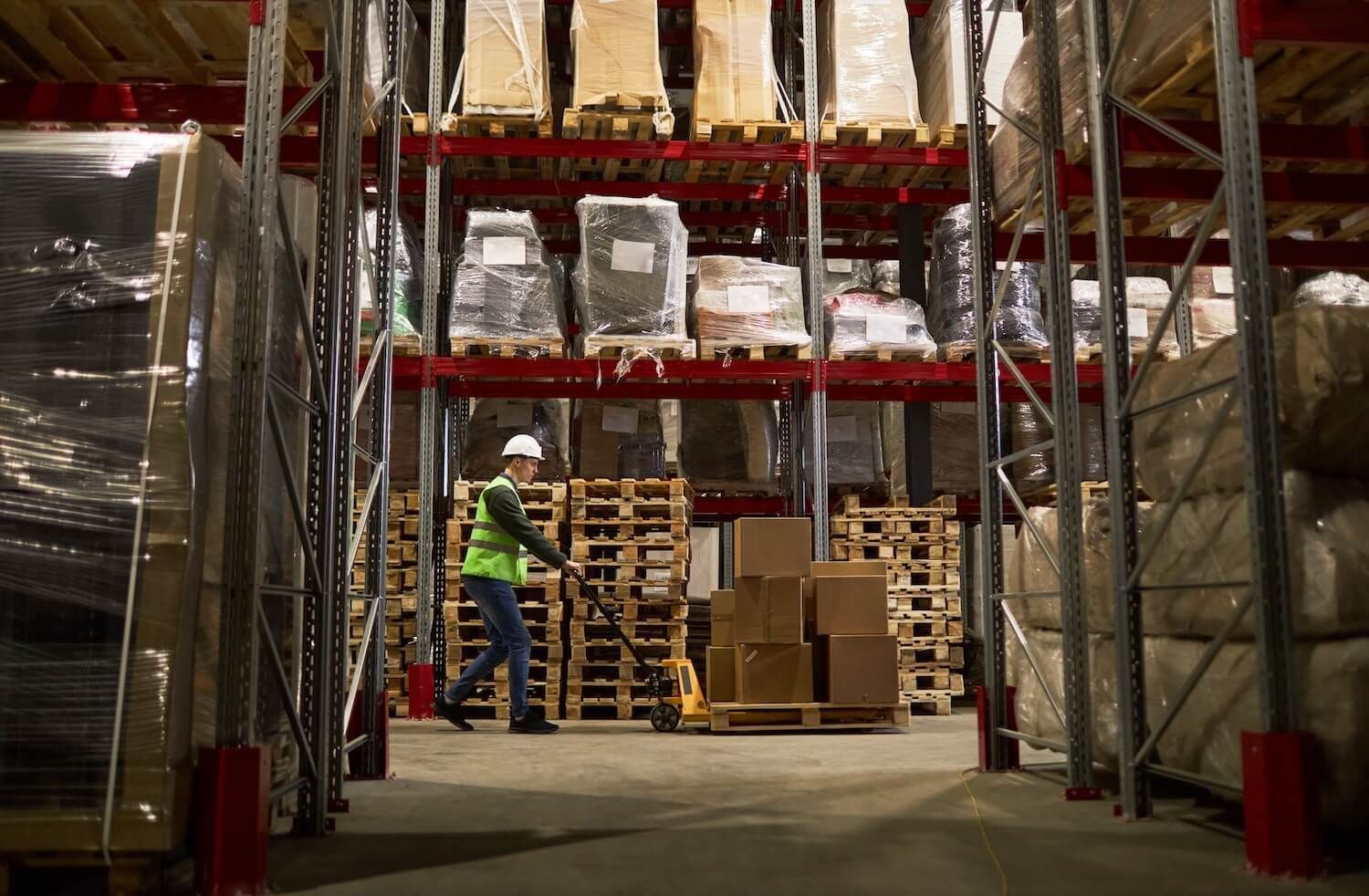
The scent of stale coffee often hangs heavy in the air of countless executive offices, a silent witness to the late nights and early mornings. For many business leaders, a similar feeling of unease has become an unwelcome constant – the quiet hum of a laptop displaying a tangled web of international shipping manifests, customs delays, and escalating freight costs. Each line item is a fresh prick, a reminder of the supply chain vulnerabilities that keep them awake at night. The early excitement of global sourcing, once promising lower manufacturing costs, now feels like a gilded cage.
Businesses, regardless of their specific industry or size, are grappling with the same gnawing questions: How do we secure our future? How do we regain control? The answer, many are realizing, isn’t in doubling down on far-flung networks, but in a quiet revolution happening right here, at home. It's a shift that isn't just about moving goods, but about fundamentally reshaping how businesses connect with their customers, creating resilience where fragility once reigned. This isn't merely about finding a place to stash inventory; it's about transforming commercial warehousing into a strategic U.S. expansion hub.
The Evolving Role of Commercial Warehousing
For too long, the humble warehouse has been viewed as a necessary evil, a cost center, a utilitarian box on the outskirts of town. It was where products went to wait, a passive holding pen in the journey from factory to consumer. But that perception, born of a bygone era of predictable supply chains, is profoundly outdated. In today's dynamic landscape, where consumer expectations are instant and global events cast long shadows, the warehouse has been reborn. It is no longer just storage; it is a vital, active node in a sophisticated network, a strategic linchpin for businesses aiming to conquer the U.S. market.
The Challenges of Centralized Distribution
Imagine a business struggling with the complexities of international logistics. Products arrive at a single U.S. port, often after weeks at sea, only to face further delays at customs. Once cleared, they embark on a long, costly cross-country journey, vulnerable to truck shortages, weather events, and ever-increasing fuel prices. This single-point-of-entry model, once efficient, has become a choke point, stifling growth and eroding profitability.
The Bottleneck Effect
A centralized distribution model inherently creates bottlenecks. A single unexpected event – a port strike, a major storm, or even an unforeseen surge in demand – can bring an entire supply chain to a grinding halt. This vulnerability not only impacts delivery times but also creates a ripple effect of frustrated customers, strained customer service teams, and lost sales opportunities.
Escalating Costs and Diminishing Returns
Relying on long-haul domestic transportation from a single distribution hub significantly inflates logistics costs. Fuel surcharges, driver shortages, and the sheer distance products must travel all contribute to a spiraling expense sheet. This model often leads to diminishing returns, where the initial cost savings of global manufacturing are quickly eroded by the expense and inefficiency of domestic distribution.
The Strategic Advantage of a Distributed Network
Now, consider a different scenario. Instead of a single port of entry and a solitary distribution center, imagine a network of strategically located commercial warehouses spanning the vast expanse of the United States. Picture facilities nestled near major transportation arteries, close to bustling population centers, and strategically positioned to serve diverse regional markets. This isn't just about decentralization; it’s about intelligent, proactive positioning.
Reduced Transit Times and Enhanced Customer Experience
This distributed approach immediately addresses some of the most pressing pain points. International shipments can be directed to the most geographically advantageous port for a specific region, reducing the need for lengthy domestic hauls. Inventory can be pre-positioned closer to the end-consumer, dramatically shortening last-mile delivery times and significantly lowering shipping costs. The days of a customer in California waiting weeks for a product shipped from a single East Coast warehouse have become a relic of the past. This isn't just an operational improvement; it’s a fundamental shift in the customer experience, one that fosters loyalty and drives repeat business.
Optimized Shipping Costs
By bringing inventory closer to the customer, businesses can drastically reduce both the distance and the cost of shipping. This also allows for the strategic use of different shipping modes, from full truckload for inter-warehouse transfers to more localized parcel services for final delivery, optimizing costs at every step.
U.S. Market Expansion: A New Frontier
The power of this U.S. commercial warehousing network extends far beyond just faster, cheaper deliveries. It becomes a powerful engine for market penetration.
Accelerated Market Entry
Think of a business looking to establish a strong presence in the Northeast, the Midwest, and the Pacific Northwest simultaneously. Attempting this from a single, distant distribution point is an uphill battle, fraught with logistical nightmares and competitive disadvantages. However, with strategically placed warehouses in each of these regions, the path to market entry becomes smooth and efficient. Sales teams can confidently promise rapid fulfillment, knowing that inventory is already on the ground, ready to move. Marketing campaigns can be tailored to regional demographics, with the assurance that products can reach those consumers quickly and cost-effectively. It transforms market expansion from a logistical headache into a strategic advantage.
Competitive Differentiation
In today's highly competitive market, speed and reliability are paramount. Businesses that can consistently deliver products faster and more efficiently than their competitors will gain a significant edge. A well-executed domestic distribution strategy, powered by a robust warehousing network, positions a company as a leader in customer satisfaction and operational excellence.

Capitalizing on Reshoring and Nearshoring Trends
One of the most compelling drivers behind this shift is the rising tide of nearshoring benefits and reshoring. For years, the allure of low-cost manufacturing overseas was undeniable. But recent global events – pandemics, geopolitical tensions, and trade disputes – have exposed the inherent fragility of these extended supply chains. Businesses are now looking inwards, recognizing the immense value of domestic production and distribution. This isn't just a patriotic sentiment; it’s a hard-nosed business decision driven by the need for greater control, reduced lead times, and enhanced resilience.
Mitigating Global Supply Chain Risks
Leveraging a U.S. commercial warehousing network is a natural complement to this reshoring trend. As manufacturing returns to American soil, the need for efficient, localized distribution becomes paramount. Imagine a company that has moved its production from Asia to the U.S. Midwest. Instead of shipping finished goods across an ocean, then across a continent, they can now move products from their factory directly to a regional warehouse network. This dramatically reduces transportation costs, cuts transit times, and shrinks their carbon footprint. It’s a win-win, aligning economic efficiency with environmental responsibility.
Enhanced Control and Visibility
Reducing international shipping dependencies means mitigating exposure to volatile ocean freight rates, unpredictable customs inspections, and potential port congestion. It means having greater visibility and control over your inventory, reducing the risk of loss or damage. It simplifies compliance with complex import regulations and tariffs, freeing up valuable internal resources. The peace of mind that comes with a robust, domestically focused supply chain is, in itself, a significant strategic asset.
Supporting Local Economies
Beyond these tangible benefits, there's a broader impact. When a company invests in a U.S. warehousing network, it’s not just optimizing its operations. It’s contributing to the revitalization of local economies, creating jobs, and strengthening the domestic infrastructure. This commitment to local communities can resonate deeply with consumers who increasingly prioritize businesses with strong ethical and social responsibility credentials.
The Modern Warehouse: Beyond the Four Walls
The truth is, many businesses are at a crossroads. The global supply chain as we knew it is changing irrevocably. Those who cling to old models will continue to face unpredictable disruptions, escalating costs, and frustrated customers. But those who embrace the strategic potential of commercial warehousing in the U.S. are not just adapting; they are pioneering a new era of domestic market strength. They are building a foundation of resilience, expanding their reach with confidence, and capitalizing on the powerful forces of reshoring and nearshoring.
Technology-Driven Efficiency
The modern commercial warehouse is a hub of innovation, equipped with advanced technology, sophisticated inventory systems, and a workforce trained to handle the complexities of e-commerce fulfillment. It’s a place where data drives decisions, where efficiency is paramount, and where the customer experience is always at the forefront. Warehouse Management Systems (WMS) now offer real-time visibility into inventory levels, order status, and shipping information, empowering businesses with unprecedented control. Automation, robotics, and AI are increasingly integrated, streamlining processes and further reducing human error.
Integrated Solutions, Not Just Space
The role of a commercial warehousing partner has expanded significantly. It's no longer just about providing storage space. Leading providers offer integrated solutions that encompass every aspect of the supply chain, from inbound logistics and inventory management to order fulfillment, kitting, light assembly, returns processing, and last-mile delivery coordination. This comprehensive approach allows businesses to outsource complex logistical functions, freeing up internal resources to focus on core competencies like product development, marketing, and sales.
Your Strategic Path Forward
The time for viewing commercial warehousing as mere storage is over. The future of U.S. market expansion, domestic distribution, and true supply chain resilience lies in recognizing and leveraging it as a strategic U.S. expansion hub. It’s a powerful tool, a cornerstone for businesses looking to not just survive, but thrive in an ever-evolving global economy.
The journey begins not with a grand overhaul, but with a strategic conversation. It’s about understanding your current distribution footprint, identifying your key markets, and recognizing where a distributed warehousing model can unlock significant value. It’s about partnering with experts who understand the nuances of the U.S. logistics landscape, who can offer not just space, but integrated solutions – from inventory management and order fulfillment to transportation optimization and last-mile delivery.
Are you ready to unlock the full potential of your domestic distribution strategy? Discover strategic U.S. expansion opportunities with Razr Logistics' commercial warehousing network and transform your supply chain from a vulnerability into your greatest competitive advantage. The future of your business isn't out there, across an ocean; it's right here, waiting to be optimized.

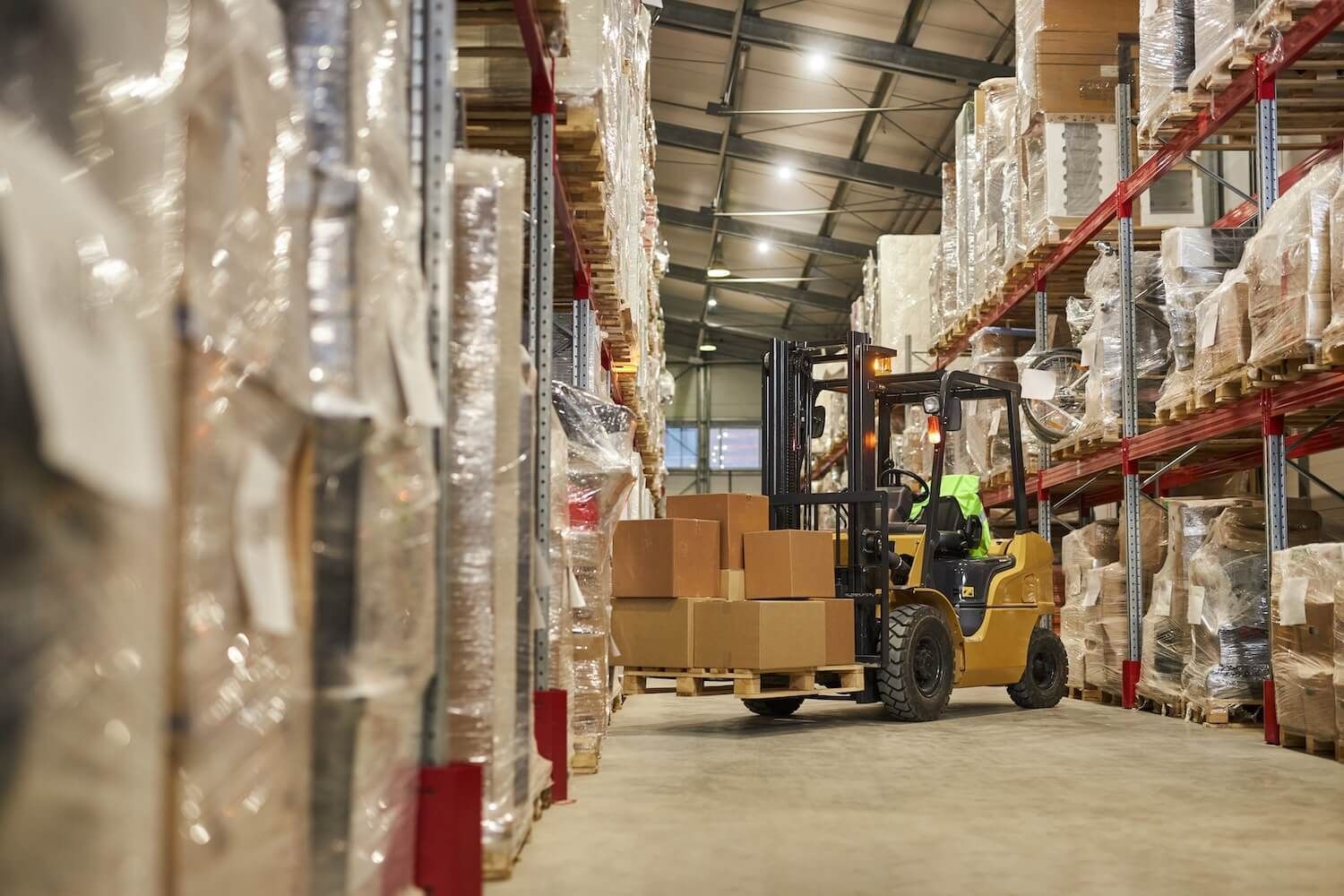

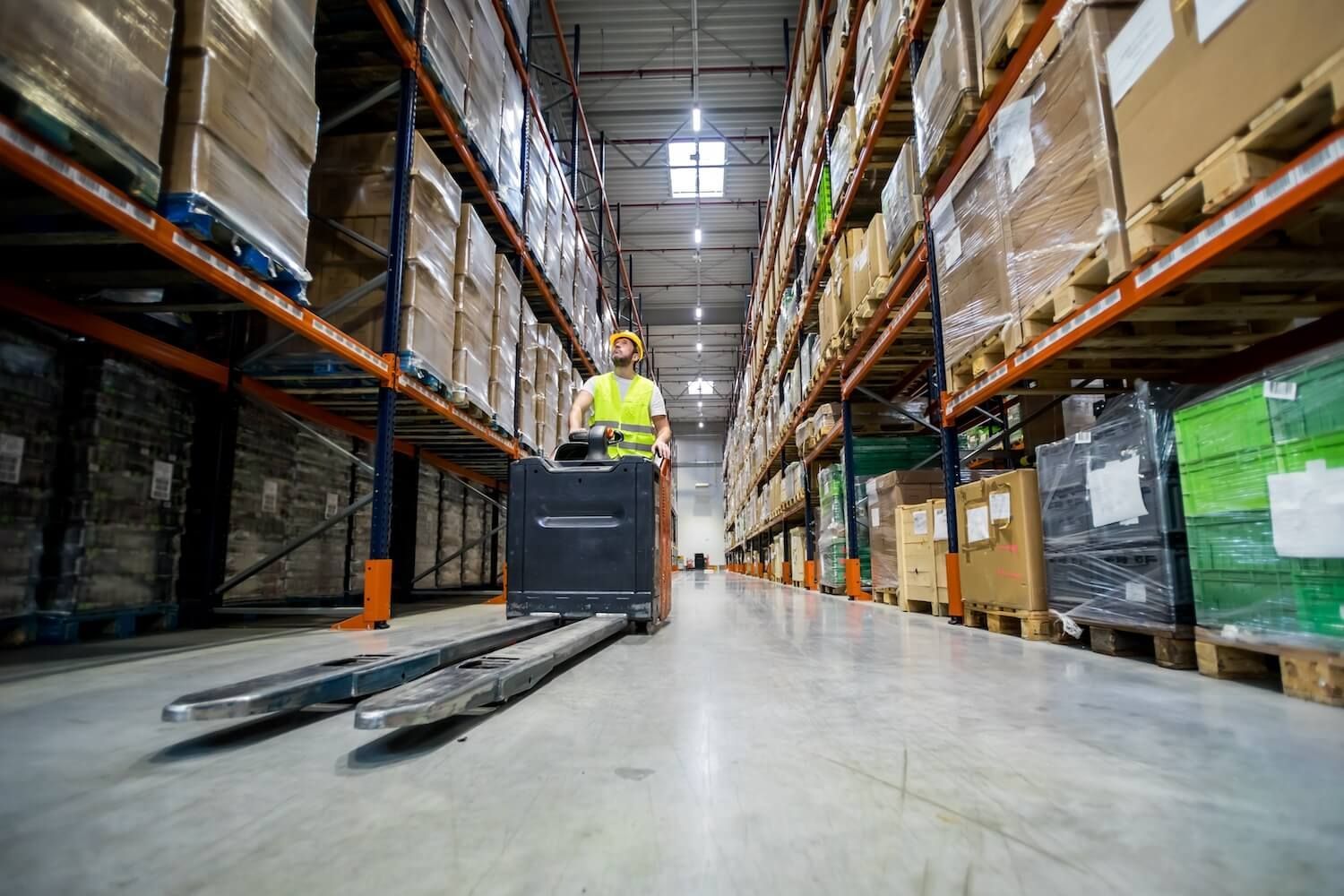





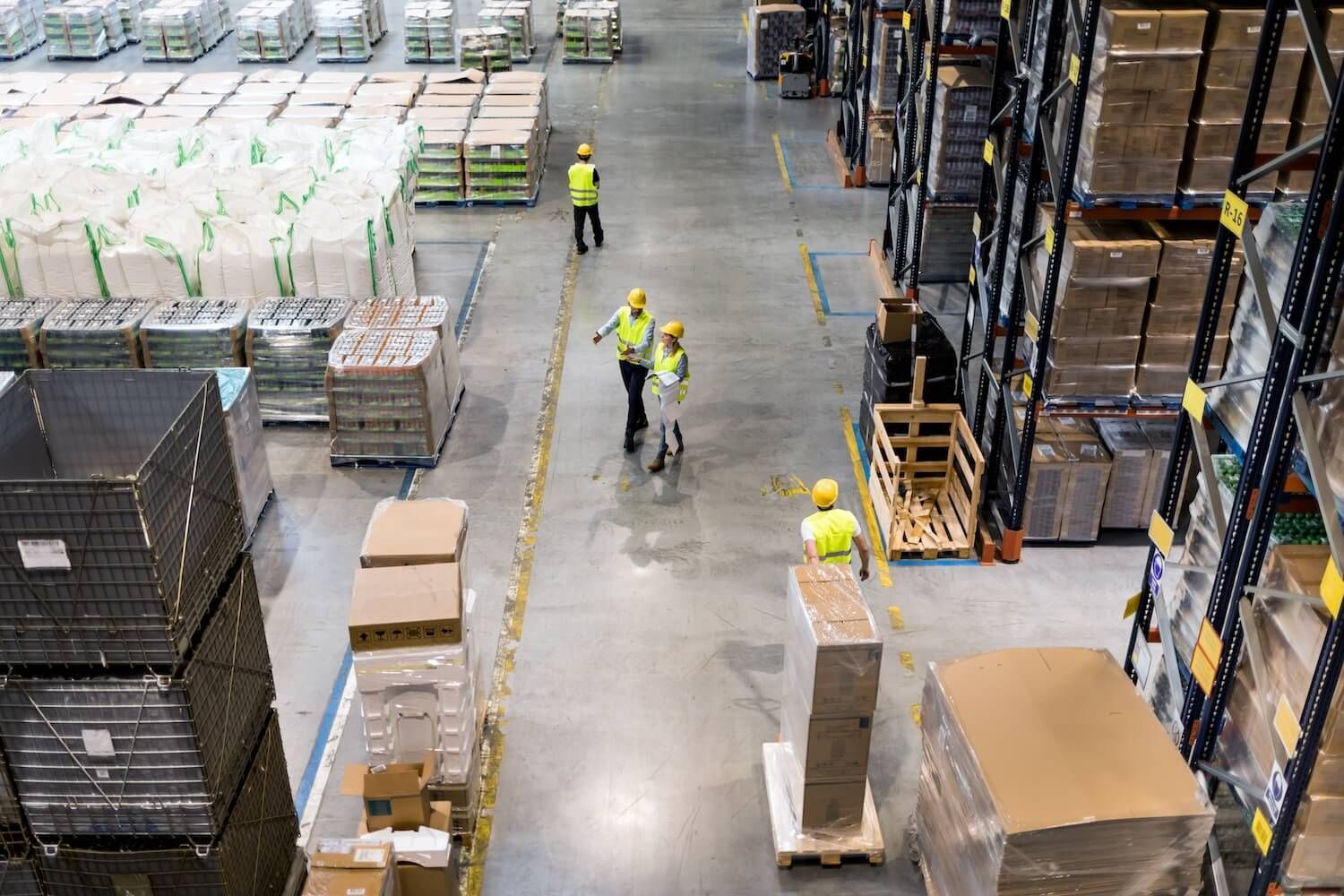
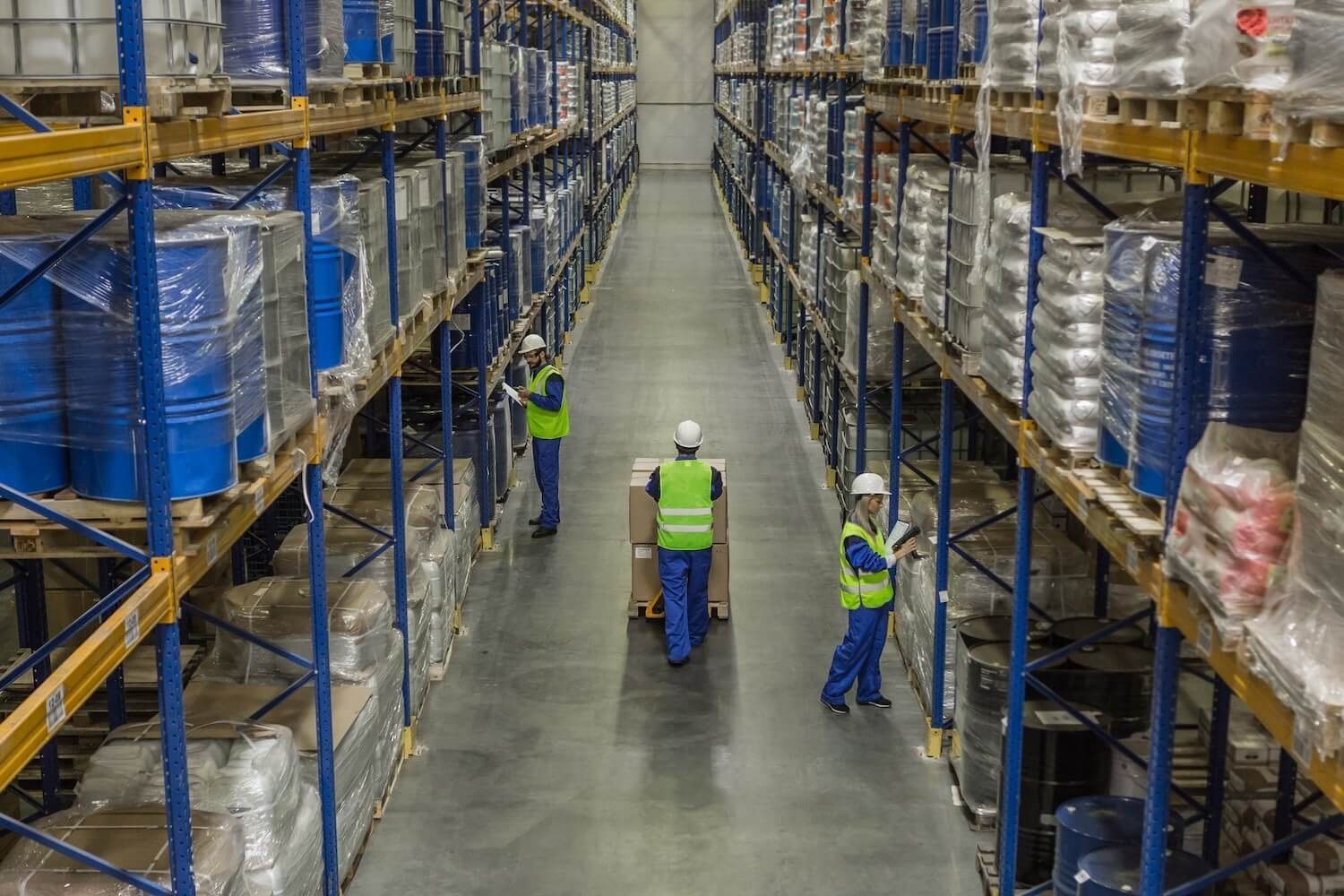

 by
by